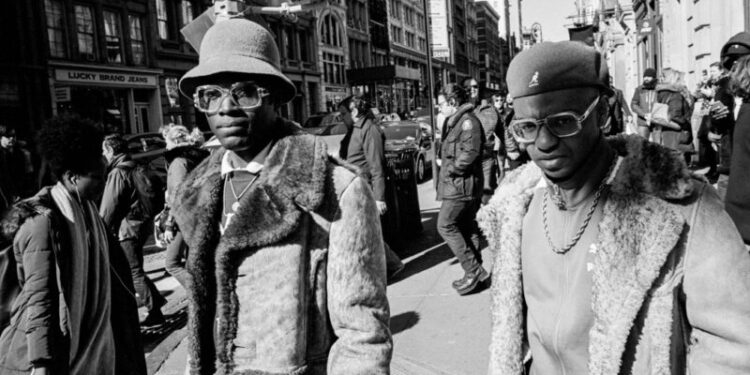This essay, by Aziz AbdullaZoda, 17, a student at the Pomfret School in Pomfret, Conn., is one of the Top 10 winners of The Learning Network’s “How To” Informational Writing Contest.
We are publishing the work of all the winners over the next several days, and you can find them here as they post.
How to Master the Art of People-Watching
“I’m not spying. I’m observing,” says Taika Ita, a longtime cafe regular in New York City who has spent years watching the city’s stories unfold from the same corner seat. “People think they’re just passing through, but if you sit in one spot long enough, you start to see patterns: who rushes, who got fired, who’s having a good day.” Observing people becomes a skill and a habit. The beauty of it is in paying attention to the unspoken languages of the city. However, make sure to stay invisible: watching without being watched. There is a fine line between keen observation and making someone uncomfortable.
Step one? Pick the right setting. Go-to spots are airports, subway stations and cafes: places where people exist in motion. A coffee shop in the morning has a different story than one in the evening. “People think cities are chaotic, but they run on a schedule,” Ita explains. “You just have to notice it.”
People’s body language reveals everything about them. A woman sitting alone at a cafe, stirring her coffee without drinking it. A man touching his beard every 30 seconds. “You learn to read moods without words,” Ita says. “Confidence, anxiety, boredom — it’s all there if you pay attention.”
The magic of people-watching isn’t just in noticing — it’s in wondering. Every person is a mystery waiting to be discovered. Why is that guy carrying an unreasonably large bouquet? Is it an apology or a grand romantic gesture? Why does the woman in the subway keep staring at the door? Is she expecting someone or trying to escape? The best people-watchers ask questions, even if they never get the answers. The more one wonders, the better one gets at noticing little things about people.
Writers, artists and even detectives have long used observation to find stories, solve mysteries, and make sense of the world. Sir Arthur Conan Doyle, who created Sherlock Holmes, once wrote, “You see, but you do not observe.” Most people rush through life without really looking at it. But if people slow down and watch, they start to see everything a little differently.
Staring is off-limits, though. The goal isn’t to be intrusive — it’s to appreciate the everyday performances of human nature. Try to take the time to notice the world, one passing stranger at a time.

















